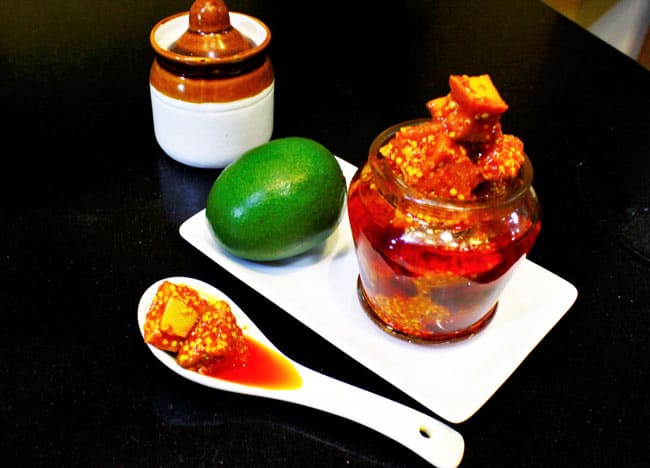

“For instance, I didn’t use mustard oil or nigella seeds, and I only had champagne-style vinegar. I would often barter mine with her as I found the Punjabi style pickle more appetising than the fi ery red Maharashtrian variety,” says food writer Saee Koranne-Khandekar who makes a version that is easily adaptable. One of my bus mates would share her Punjabi style parathas with mango pickle. “One of my earliest memories of eating pickle is from way back when I was in primary school. Allow to simmer till oil fl oats on top and assimilates into a thick paste.ĥ Garnish with salt as required and add the steamed roe and allow it to marinate.Ħ Once it cools down, store the pickle in air tight jars.Īlmost every community has their own take on the chilli pickle and as the weather cools off, the fi ery red coloured chillies make an appearance. Soak jaggery in the remaining vinegar.ĤHeat oil and fry ground masala nicely and add half of the jaggery soaked vinegar. No two families will have the same recipe as these are passed from one generation to other.ġ Clean fi sh and apply salt, turmeric powder, chilli powder and a tbsp of oil.ģ Grind the cumin seeds, coriander seeds, mustard seeds and garlic and mix in one bottle of sugarcane vinegar. It is still brewed in wooden casks and follows the same process since 1885. Navsari vinegar is a special cane vinegar that comes from Navsari, a small town near Surat. They have created pickles which are typically their own, such as bafenu (made with whole ripe mangoes), gajjar meva nu achaar (as it is made with pink carrots n lots of plum nuts), Kolmi nu achaar (made with prawns) but gharab nu achaar with fi sh roe and the indispensable Navsari sugarcane vinegar always stands out and is a classic accompaniment,” says home chef Mahrukh Mogrelia of Mahrukh’s Kitchen. “The community developed a taste for pickles after their arrival in India. The best known Parsi pickle is the rich, carrot-based lagan nu achar, a staple at wedding feasts. It can be served with grilled dishes, paratha, khichdi, dal-chawal and virtually everything on the Indian menu,” explains Ghildiyal. It has a strong aroma reminiscent of mango and is added to fresh root turmeric.

“My grandmother used to make this when tender, fresh mango ginger came into season. With the weather cooling off, it is time to put the seasonal fruits and vegetables to good use and an instant pickle which Gujaratis make during this time is with mango ginger. “For example, vinegar is popularly used in Goan pickles, Parsis use sugarcane vinegar from Navsari while Bengalis mostly use mustard oil,” she adds.


In cold and arid areas, perishable foods were dried in the sun and cured in brine,” says food writer Rushina Munshaw Ghildiyal, who adds that pickling is an important food tradition that is passed down the generations and the wide variety of regional ingredients and traditions pertaining to the region. “It was also a way to preserve the season’s excesses and stock up nutrients for the whole year. While it’s diffi cult to trace the exact origins of the Indian pickle, it is believed to be one of the earliest known form of food preservation. Take advantage of abundant winter veggies to make these delicious and simple homemade pickles from across the country


 0 kommentar(er)
0 kommentar(er)
